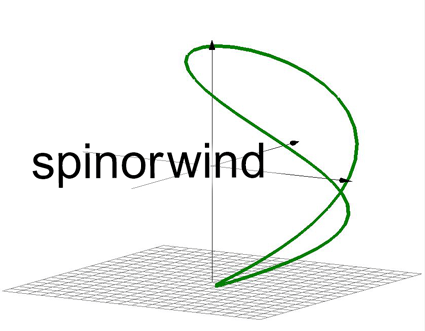
The Spinorwind Turbine is a hybrid drag-lift design inspired by the paddle sequence of a sculler. The blades (paddles) are perpendicular to the wind (water) on the power stroke, and parallel to the wind (water) on the return stroke. Thus minimizing upstream drag.
In addition, the long thin blades incorporate non-uniform profiles that contribute efficient lift along a portion of the cycle.
To achieve this sculling motion, a simple gear arrangement, much like a car differential, is employed.
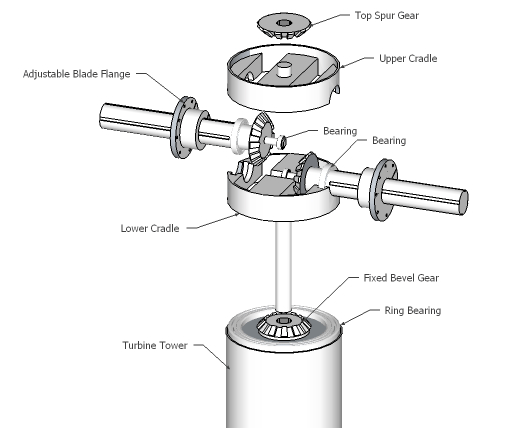
The tip of the blades (see the videos above) follow a "figure 8" pattern like this:
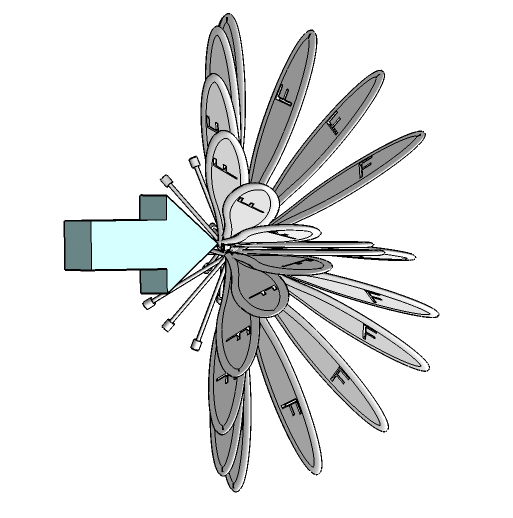
(Note the Spinorwind's logo green figure 8 traces the tip's motion along a complete cycle.)
The key to commercial success is an efficient and reliable power train, with low vibration and long lifespan. Thus maximizing return on capital. We discovered, in the course of patenting the concept, that a similar idea dates back to 1918. Liles describes a pure drag, low aspect-ratio blade configuration:
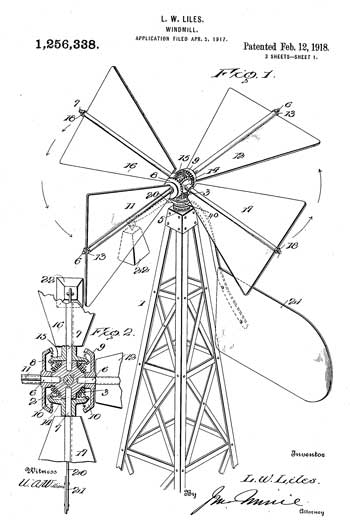
Our approach utilizes narrow blades with a variation on the gear box attachment. This arrangement provides for less turbulence, greater vibration resistance, and lower cost. For example, this two bladed design with each blade oriented at 90 degrees to each other:
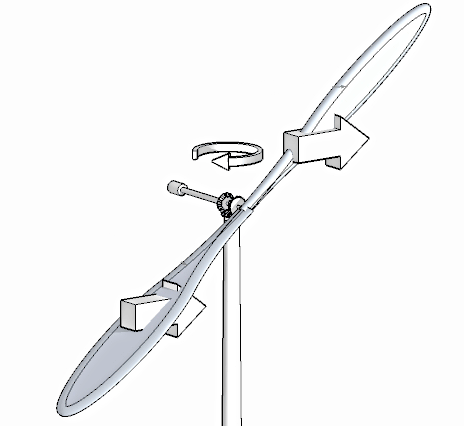
Or this quad-blade approach:
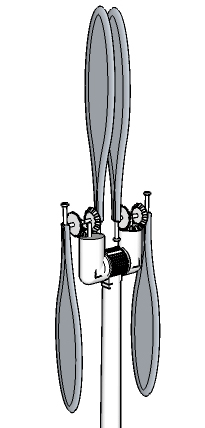
Our proof-of-concept designs were constructed out of K'nex parts and foam core. Remarkably, they functioned quite well, and guided us to build a 6 foot metal prototype with honeycomb aluminum blades clad in foam and fiberglass airfoils. Initial efficiency and vibration tests are promising and ongoing. The key technical challenges are stress and wear. Compared to a conventional three-bladed wind turbine, the Spinorwind's blade velocity and orientation vary within a cycle, requiring the bearings to handle both thrust and off-axis motion.
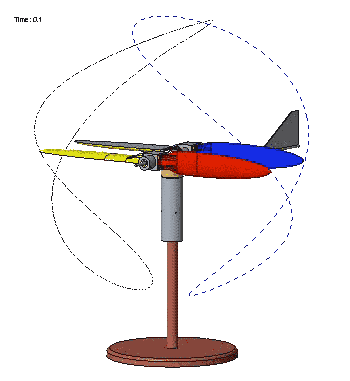
In the four-bladed Spinor, the yellow blade is perpendicular to the downstream wind flow during part of its upstream motion, thus increasing drag losses. However, in the two-bladed counter-balanced Spinor, the blades are mostly parallel to the wind during the upstream stroke, slicing cleanly through the air. The tip speed ratio is also greater than 1 -- another indication of higher efficiency.
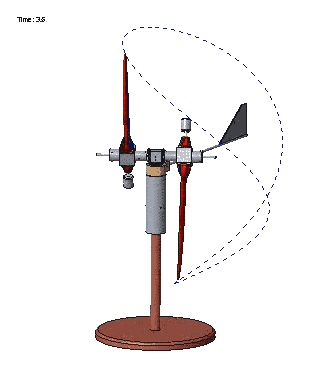
For more details, see our patent ![]() US 747070 Blonder or contact us at the tab above.
US 747070 Blonder or contact us at the tab above.
Copyright
Genuine Ideas, LLC.